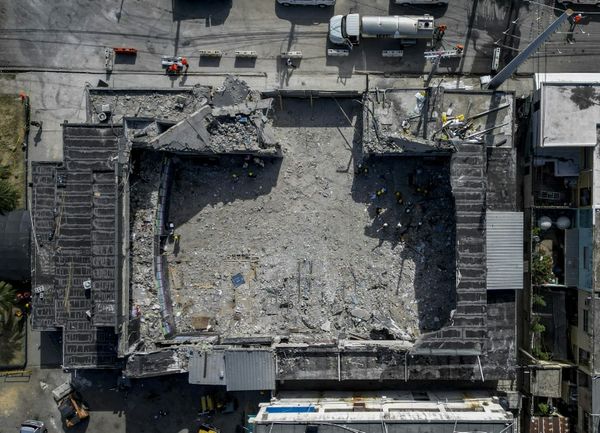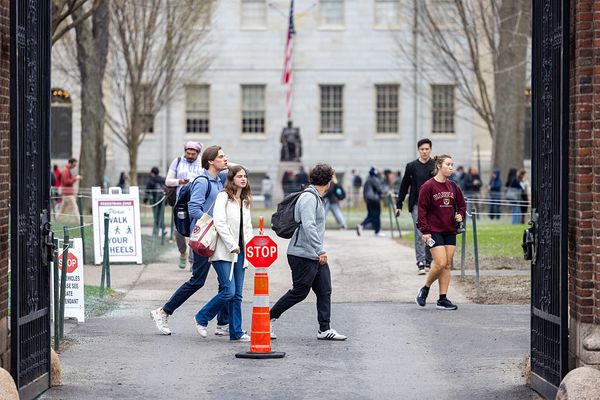
The technology that we’re rolling out to combat the climate crisis is generally about reducing the emissions that have landed us in this mess—think electric vehicles and heat pumps, which replace carbon-belching predecessors. But might we need to turn to more drastic, unproven technologies as the crisis unfolds?
Indeed we might, according to a new report from a United Nations expert panel that examined the outlook for solar radiation modification—more popularly known as solar geoengineering.
This would most likely involve trying to reflect some of the sun’s rays away from the Earth, by releasing reflective particles into the stratosphere. We know the principle works because we’ve seen what happens when large volcanoes throw tons of sunlight-blocking sulfur into the atmosphere—the most recent example was Mount Pinatubo’s 1991 eruption, which for a couple years cooled parts of the Earth by as much as 0.5C. But there are many, many unanswered questions about trying to deliberately reflect sunlight on a large scale.
That’s because of a gargantuan chicken-and-egg problem. All we have so far is modeling that’s been going on for half a century. No one has yet attempted even small-scale outdoor experiments, because of all the things that could go wrong. But no one can be quite sure what the results will be until we do a lot more research.
The UN report lays out the concerns in detail. An attempt to create a uniform aerosol layer could result in uneven changes, with the tropics being cooled and the polar regions warmed. Poorly-planned deployments could mess with monsoon seasons and hurricane systems while exacerbating Mediterranean droughts and Northern European flooding. The healing of the ozone layer could be at least temporarily set back, with many health implications. And if a solar geoengineering scheme were to be abruptly halted, “the previously masked warming would manifest within a few years.”
There are also serious concerns about unfair social impacts on those whose backyards are used for experiments and deployments. When Harvard researchers planned to test a high-altitude balloon in northern Sweden a couple years back, to see if it might be usable for solar geoengineering, the plan was scrapped due to objections from the indigenous Saami people, whose representatives said geoengineering was “completely against what we need to do now—transform to zero-carbon societies in harmony with nature.”
A lot of that sentiment is reflected in the UN report, which repeatedly stresses that solar geoengineering is no substitute for reducing carbon emissions, and would not mitigate all their effects—it wouldn’t stop the acidification of oceans, for one thing. The experts are very clear that now is not the time to plan any large-scale deployments.
“There are no shortcuts or substitutes for slashing harmful emissions and there is no better alternative for our peace, health and well-being than a shift to a circular economy, in harmony with nature,” said Andrea Hinwood, chief scientist at the UN Environment Programme.
However, the report concedes, the technology could theoretically start to yield positive results within a year—so if our leaders get desperate, things could suddenly move at speed.
“Should the effects of climate change become broadly perceived to be unbearable, and the political pressure for governments to cool the Earth rapidly become intense, [a solar radiation modification] deployment, at that point and given the science today, is the only known means available for governments that might feasibly cool the Earth on politically relevant time scales," according to the UN report.
All the more reason to step up research now, to see what we might be letting ourselves in for. But in the meantime, let’s hope our proven technological fixes and energy transitions can be rolled out quickly enough to stave off that decision.
Want to send thoughts or suggestions to Data Sheet? Drop a line here.
David Meyer
Data Sheet’s daily news section was written and curated by Andrea Guzman.







